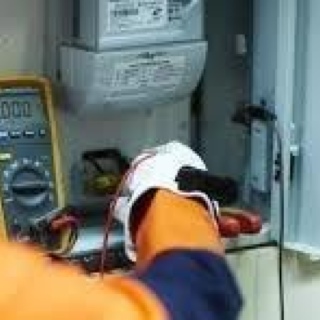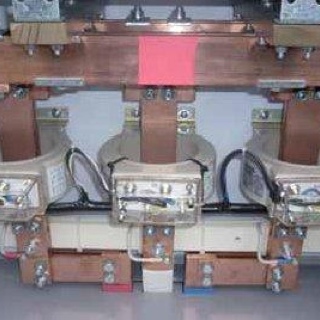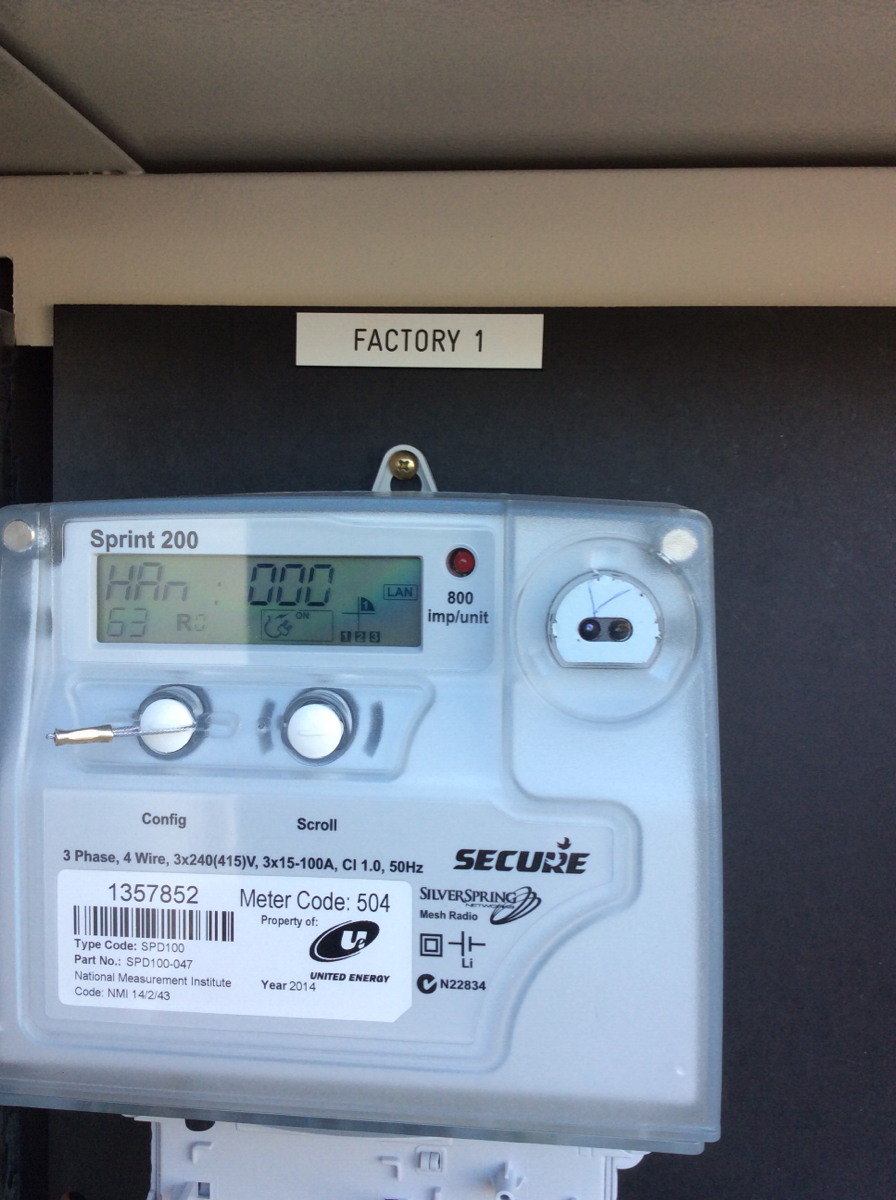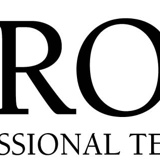Information
-
Document No.
-
Audit Title
-
Client / Site
-
Conducted on
-
Prepared by
-
Location
-
Personnel
-
Region
-
Contractor
-
Installer and AMI Seal Number
-
Job Description
-
Audit Date
-
Time
1. Site Risk Management
-
Is a relevant SWMS available and a Site Risk Assessment (JSA) completed for the work.
-
Has the JSA been signed and dated and the SWMS identified?
-
Is the installer familiar with hazards associated with each task and work site.
-
Have subcontractors (e.g. Traffic Management) been inducted onto the site and signed onto the JSA?
-
Overall, is the JSA adequate for the worksite?
2. Personal Protective Equipment (PPE)
-
Is approved PPE clothing worn and is wrist to ankle coverage maintained?
-
Is approved safety footwear worn?
-
Is other appropriate PPE utilised and in good condition? (e.g. hard hats, hearing and eye protection)?
3. Traffic and Pedestrian Management
-
Has the appropriate Traffic and Pedestrian Management Plan been identified, and does it meet all requirements?
-
Does the actual traffic/pedestrian layout reflect the Traffic/Pedestrian Management Plan?
-
Is pedestrian traffic safely controlled through the worksite?
-
Are traffic signs and devices legible and undamaged?
-
Are suitable barriers provided to protect the public from the work site?
-
Where site is to be left overnight, are adequate protection measures, lighting and night guidance provided?
-
Are traffic management personnel wearing high visibility PPE?
4. Forms/Documentation
-
Does the installer have all documented procedures and work instructions for work to be performed?
-
Are all asbestos procedures available on request?
-
Does the installer have documentation for stock carried?
-
Does the installer have documentation to handle defects or escalations?
-
Does the installer have documentation for handling customer complaints?
-
Does the installer have documentation for potential emergency scenarios?
-
Does the installer have a list of emergency numbers of who to call?
5. Skills and Competency
-
Do all personnel have Passports on site?
-
Is all training and are all authorisations current for the functional role of the Passport holder?
-
Do all personnel have their ID’s?
-
Is the driver carrying their vehicle licence?
-
Is the licence appropriate for the class of vehicle?
6. Vehicles/Plant
-
Are all vehicles on site registered?
-
What is the condition of the vehicles/plant on site (cleanliness)?
-
Is all equipment adequately secured?
-
Does the vehicle have UE Authorised Contractor signage clearly displayed?
-
Is the vehicle in presentable condition?
-
Does the vehicle display the dangerous goods and hazardous substances signage?
-
Is the vehicle equipped with handling asbestos materials?
-
Are stock levels including new and abolished stock handled in a safe and secure manner?
-
Does the vehicle contain the appropriate PPE including installer equipment, witches hats, etc for the role performed?
-
Is there a fully operational fire extinguisher available?
7. First Aid
-
Is there an intact First Aid kit?
-
Is the kits location marked on the vehicle?
-
Do the contents appear to be complete, in good condition and within expiry dates
8. Tools and Equipment: Testing and Condition
-
Are all electrical tools and PETE items within their test date range?
-
Is all electrical test and measurement equipment in test date?
-
Has any test equipment been modified? (e.g. probes extended)
-
Are LV gloves in good condition?
-
Is all other equipment available? (e.g. signs)
9. Worksite/Work Practices
-
Has the installer notified the householder of meter exchange?
-
Is the work site well protected?
-
Has the installer used the correct PPE for the Job?
-
Has the installer followed the correct work instructions for the meter type?
-
Has asbestos been identified and steps, procedures followed?
-
Has all unused metering cables been removed or terminated?
-
Has work area been tested for de-energised?
-
Is Installation under test signage clearly displayed?
-
Has metering conductors polarity been identified prior to isolation of metering equipment?
-
Has existing phase sequence been established?
-
Is there unhindered access to meter isolation point?
-
Has metering equipment been tested for de-energised ?
-
Have all connections and equipment been rechecked after meter alteration (e.g. screw tightness)?
-
Has the meter been installed at the correct address?
-
Has the correct meter been installed for the installation?
-
Has the meter been installed at correct level and height?
-
Has metering equipment been firmly secured to the board?
-
Have the correct fasteners been used to secure metering equipment?
-
Is the condition of the meter board / panel acceptable?
-
Is the condition of the customer meter enclosure acceptable?
-
Is the metering equipment in good working order? (e.g. links, fuses)?
-
Have all tamper seals been installed on metering equipment? (meters, links, fuses)
-
Has antenna been installed correctly?
-
Has the IP rating of the meter cabinet been maintained? (when antenna installed)
-
Has NITP been confirmed after meter alterations?
-
Has Check Test been completed including on switched circuits?
-
Has NST been completed?
-
Has existing phase sequence been completed?
-
Has load test been completed?
-
Has control load been tested (31.5 amp and 2 amp)
-
Has the work site been left tidy?
10. Communications
-
Is there at least one form of reliable communication on site? (e.g. mobile phone, radio, etc)
-
Have, Safety Alerts, Safety Grams been made available to the work crew?
-
Are the work crew aware and understand the incident reporting process?
-
Was the customer / occupier notified of meter exchange?
-
Was an information card lift on site for the customer / occupier?
-
Comments













